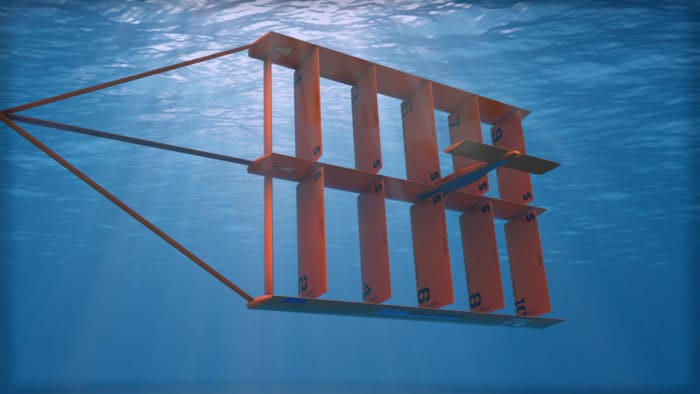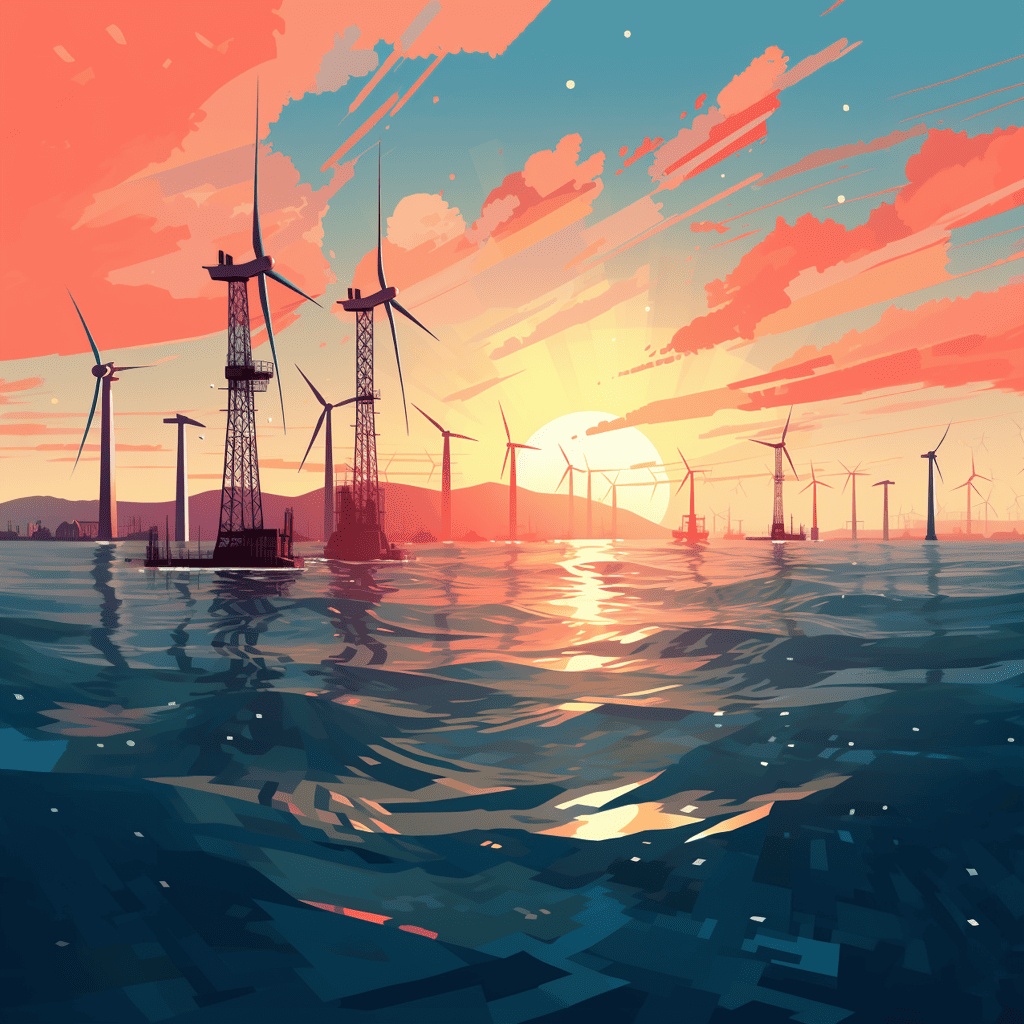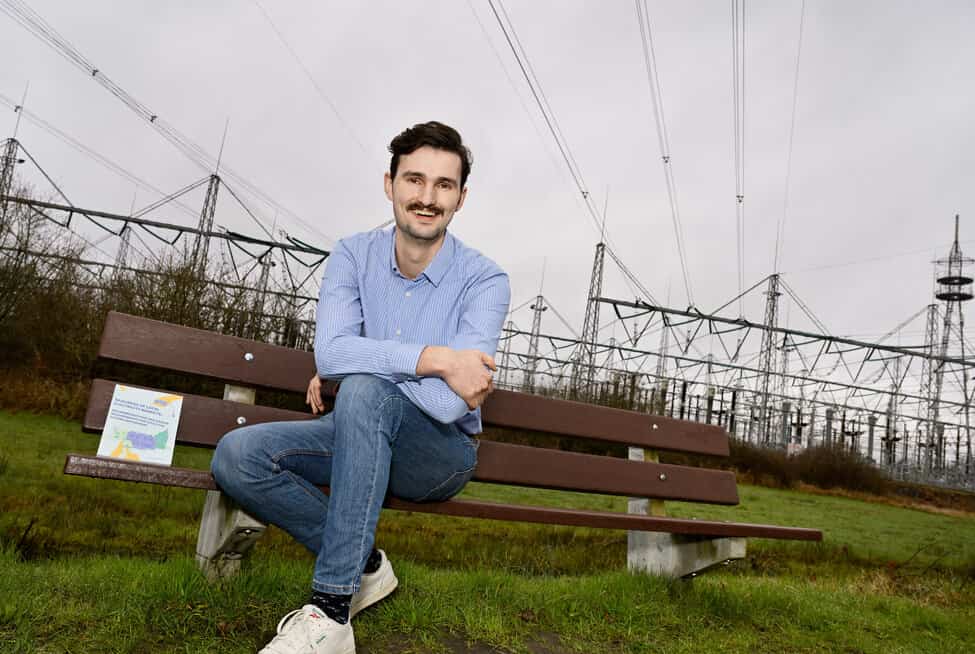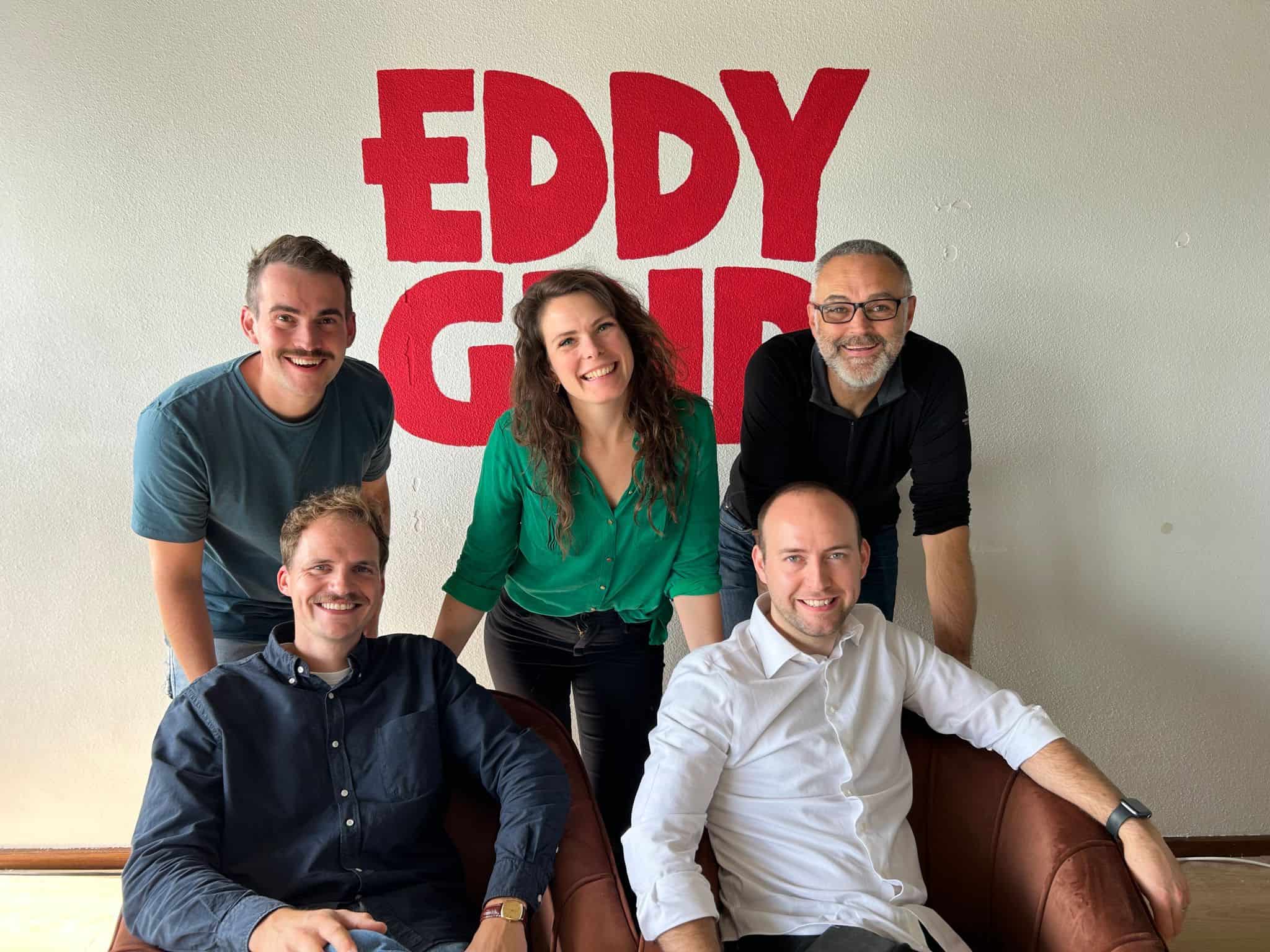
Despite the technical potential, the commercial rollout of Energy-from-Water techniques in the Wadden Sea before 2030 is limited. This is due to grid restrictions, licensing, and scaling-up problems. TNO’s report “The Potential of Energy from Water in and around the Wadden Region,” which examined the potential for generating energy from water, suggests reconsidering the goal of self-sufficient Wadden Islands.
Why do you need to know
The Wadden Sea is a vulnerable nature reserve, but there are nevertheless opportunities to generate sustainable energy. It is important to keep a good eye on the possibilities.
The report makes several recommendations for the further development of EuW (Energy from Water) in the Wadden Sea region, including system studies for an optimal energy mix, support for technical scaling up, assessment of ecological effects, and cooperation in standardization and licensing. The study highlights the importance of further research into the long-term potential of EuW and the integration of these technologies into the energy supply of the Wadden region.
The report responds to the Wadden Fund’s ambition to make the area’s energy supply more sustainable. The study builds on an earlier TNO report from 2020. It focuses on six technologies: three for wave energy, two for tidal energy, and one for energy from the voltage difference between fresh and salt water. The study includes questionnaires, interviews, and assessments of the techniques, costs, benefits, and ecological incorporation.
Sufficient space?
The report identifies promising locations for EuW within the Wadden Sea and North Sea coastal zones, considering existing uses such as shipping, mineral extraction, and military areas. It concludes that there is sufficient physical space for developers’ ambitions but that other space claims are areas of concern. The study analyzes the possibilities and limitations of EuW technologies in relation to the Wadden Fund’s 2030 sustainability ambitions. It takes into account population growth, electricity consumption, and the development of heat pumps.
TNO’s report contains several recommendations for the development of energy from water (EuW) in the Wadden Sea region. These are aimed at realizing the potential of EuW in the Wadden Sea region while considering environmental, technical, and societal factors. Ten recommendations stand out:
- Reconsider Objective Self-sufficient Wadden Islands: The report suggests that the ambition of full self-sufficiency for the Wadden Islands may be too high. A more realistic target is recommended.
- Support Scaling Up EuW Techniques: The Wadden Fund is recommended to support the development and scaling up of EuW techniques.
- Production Potential in Search Areas: It is important to investigate the specific production potential of EuW techniques in the identified search areas.
- Careful Selection Search Areas: Search areas should be carefully selected, with minimal overlap with other interests or space claims.
- Review Ecological Impacts: A detailed assessment of ecological impacts in the search areas is recommended.
- Develop Standards and Robustness Testing: Collaboration in developing standards for robustness testing of techniques is encouraged.
- Research on Longer-Term Potential: Follow-up research on the potential of EuW techniques beyond 2030 is recommended.
- Accelerate Selection of Winning Concepts: The report recommends a more efficient process for selecting the most successful EuW concepts.
- Explore Wave Energy on Open Sea: The potential for wave energy further out to sea, where less complex permitting and ecological challenges are expected, should be explored.
- Consultation with Grid Operators: It is important to discuss EuW plans with grid operators to align future grid capacity with the development of EuW technologies
Still promising
According to the program director of the Wadden Fund, power generation from the Wadden Sea is still promising. “Energy generation from water has great potential in the Wadden Sea region and can provide the Wadden Islands with 83% of their electricity demand as early as 2030 if a number of conditions are met. Also, in that year, the Wadden Sea can supply 8% of the households in the coastal area with electricity.” However, investments are needed to achieve the intended upscaling by 2030.
The Wadden Fund commissioned the study in cooperation with the provinces of Fryslân and Groningen, the North Holland Wadden Sea municipalities, and two development organizations: the North Holland North Development Company and Invest-NL.








